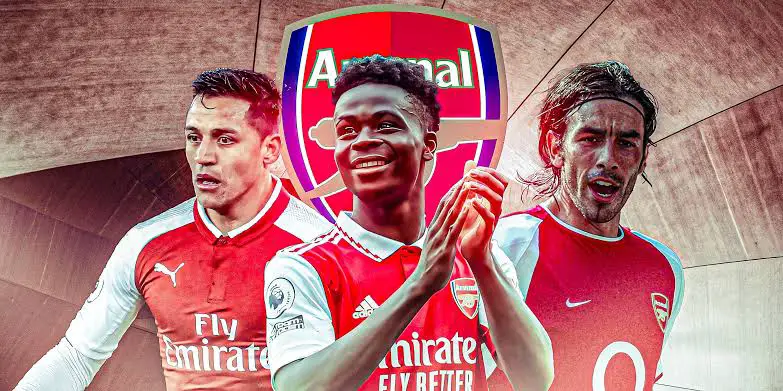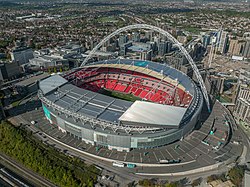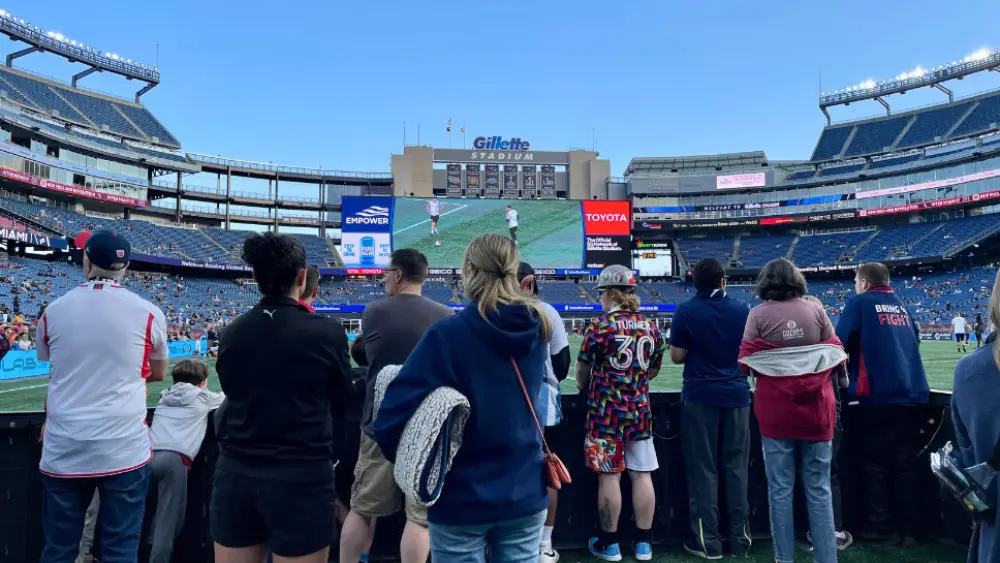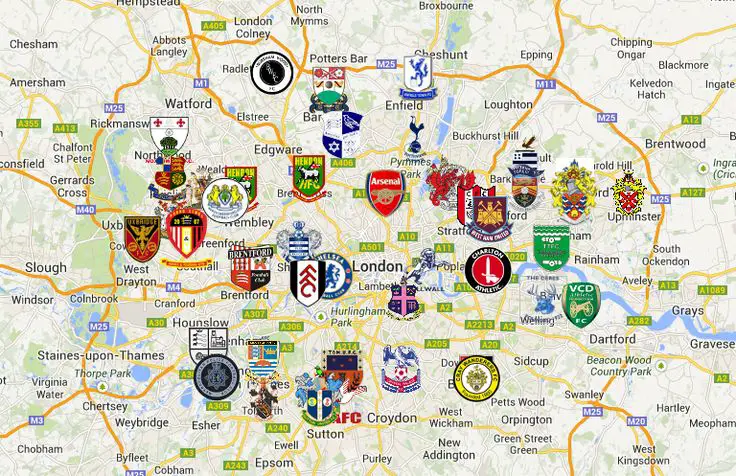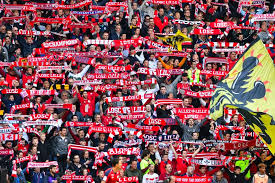Arsenal’s 2025 season is shaping up to be a thrilling ride. Between the Premier League, Champions League, FA Cup, and League Cup, the Gunners will be fighting on all fronts. Whether you’re in Paris, Brussels, Montreal, or Dakar, we’ve got the full Arsenal match schedule and top local places to watch the games live with fellow fans.
📅 Arsenal’s 2025 Key Fixtures
Below are the key match dates (UK time – add +1h for France/Belgium, +6h for Senegal, -5h for Quebec):
🏆 Premier League
-
August 13, 2025 – Arsenal vs Manchester City
-
August 24, 2025 – Tottenham vs Arsenal (North London Derby)
-
September 17, 2025 – Liverpool vs Arsenal
-
November 2, 2025 – Arsenal vs Chelsea
-
December 14, 2025 – Manchester United vs Arsenal
-
January 18, 2026 – Arsenal vs Tottenham
-
March 28, 2026 – Chelsea vs Arsenal
-
May 16, 2026 – Arsenal vs Liverpool
-
May 23, 2026 – Manchester City vs Arsenal (Final Day)
🌍 Champions League
-
Group Stage (estimated):
-
September 16, 2025 – Arsenal vs Borussia Dortmund
-
October 1, 2025 – Napoli vs Arsenal
-
October 22, 2025 – Arsenal vs Red Bull Salzburg
-
And more, running through December.
-
🏅 Domestic Cups
-
FA Cup (3rd Round): Early January 2026
-
Carabao Cup: Begins August 2025 (mid-week matches)
📍 Top Viewing Spots by City
🇫🇷 Paris
-
The Lions (5th arrondissement) – Classic English pub vibe, lots of screens and lively crowd.
-
The Bombardier (Place du Panthéon) – A known hub for Arsenal fans, with cold pints and big matches always on.
🇧🇪 Brussels
-
O’Reilly’s Irish Pub (near Grand Place) – Central location, packed during Premier League games.
-
The Big Game Sportsbar (Ixelles) – Great atmosphere for Champions League nights.
🇨🇦 Montreal
-
La Station des Sports (Sainte-Catherine St.) – Big and energetic, always airing multiple sports events.
-
Café Olimpico (Mile End) – Chill vibe for watching games with friends and a local brew.
🇸🇳 Dakar
-
Keur Sports Bar (Almadies) – The go-to spot for English football in Dakar.
-
Pub Saint-Louis (Plateau) – Friendly setting, ideal for watching Arsenal’s European nights.
🎯 Tips for Following Every Match
-
Arsenal.com lets you sync the full fixture list to your calendar (Google/Outlook).
-
Apps to use: LiveScore, OneFootball, FotMob, or the Premier League app.
-
Follow fan accounts: @ArsenalFrance, @GunnersFR, and global fan clubs for real-time updates and reactions.
🧣 Bonus – Connect With Local Gooners
Want that matchday atmosphere outside of the Emirates? Look up these fan clubs:
-
Paris Arsenal Supporters
-
Arsenal Belgium Fan Club
-
Arsenal Montreal
-
Arsenal Sénégal Officiel
In Summary
Arsenal’s 2025 campaign is full of drama, intensity, and opportunities to lift silverware. Whether it’s a Sunday clash against United or a Wednesday Champions League showdown, you’ll never watch alone if you know where to go.
🔴⚪ Come on you Gunners!
